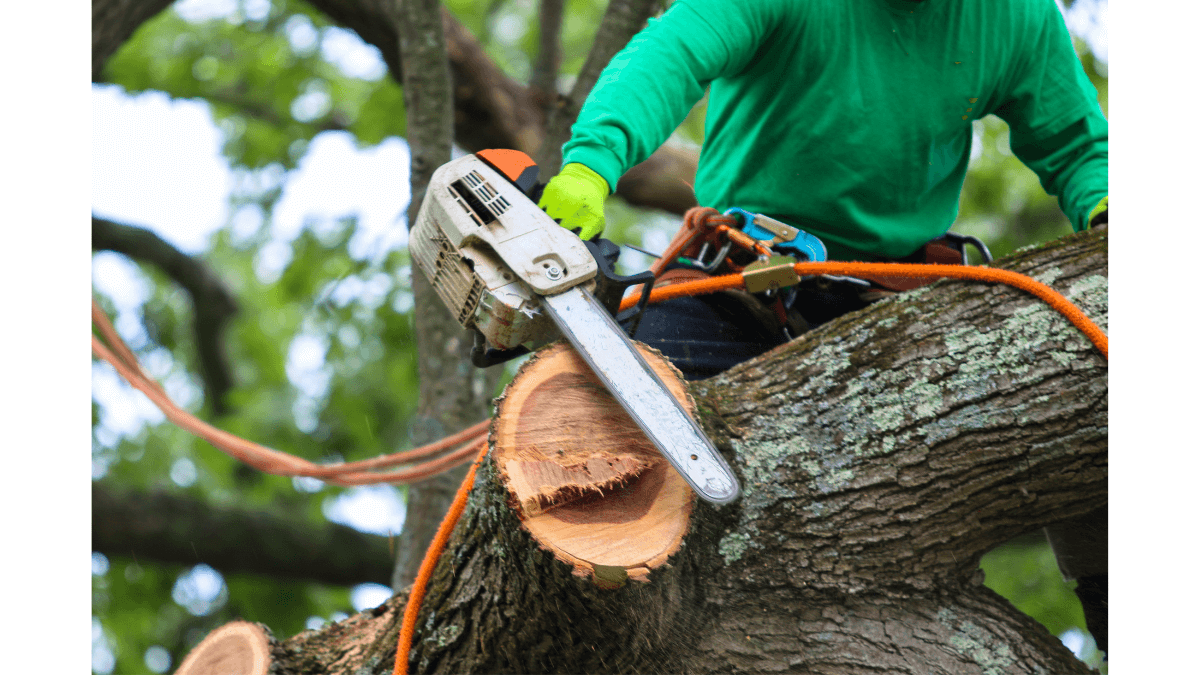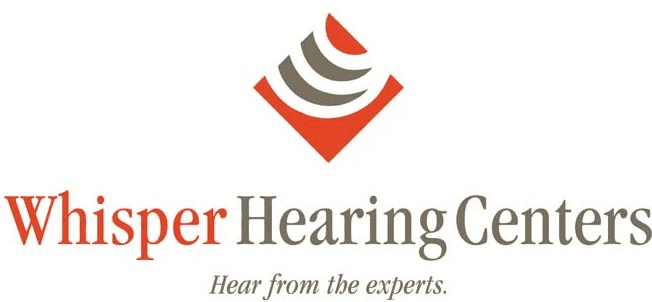
Noise Induced Hearing Loss (NIHL) is a prevalent and often underestimated health issue affecting millions of people worldwide. Unlike other forms of hearing loss, NIHL is entirely preventable, making awareness and education crucial in minimizing its impact. In this blog, we will delve into the causes, consequences, and preventative measures of noise-induced hearing loss to foster a better understanding of this silent intruder.
The Causes of Noise-Induced Hearing Loss
Noise-induced hearing loss occurs when the delicate hair cells in the inner ear, responsible for transmitting sound signals to the brain, are damaged by prolonged exposure to loud sounds. This damage can be caused by both continuous exposure to moderate noise levels over an extended period and sudden exposure to extremely loud sounds, such as explosions or gunshots.
The World Health Organization (WHO) defines safe noise exposure levels at 85 decibels (dB) for eight hours a day. However, as the volume increases, the safe exposure time decreases significantly. For instance, exposure to sounds at 100 dB is safe for only 15 minutes per day. Common sources of hazardous noise include industrial machinery, music concerts, sporting events, and personal audio devices played at high volumes.
The Consequences of Noise-Induced Hearing Loss
The impact of noise-induced hearing loss can be profound, affecting various aspects of an individual’s life. Communication difficulties are a common consequence, as high-frequency sounds, essential for speech understanding, are often the first to be affected. This can lead to social isolation, strained relationships, and even contribute to mental health issues like depression and anxiety.
In addition to communication challenges, individuals with NIHL may experience difficulties in the workplace. Job performance can suffer, particularly in environments with constant exposure to loud noises. Moreover, safety concerns arise as the ability to detect warning signals or approaching vehicles diminishes.
Preventing Noise-Induced Hearing Loss
The good news is that noise-induced hearing loss is entirely preventable. Understanding and implementing preventative measures is crucial to preserving our hearing health. Here are some practical steps to protect yourself from NIHL:
Use Hearing Protection:
- When exposed to loud environments, such as concerts, construction sites, or sporting events, use earplugs or earmuffs to reduce the intensity of the sound reaching your ears.
Follow the 60/60 Rule:
- When listening to music through headphones or earbuds, adhere to the 60/60 rule. Keep the volume at 60% of the maximum level and limit listening time to 60 minutes before taking a break. This simple rule can significantly reduce the risk of NIHL.
Be Mindful of Your Surroundings:
- Pay attention to the noise levels in your environment. If you find yourself in a consistently loud setting, take breaks to give your ears time to recover.
Limit Exposure to Noisy Activities:
- Minimize exposure to activities that generate excessive noise, such as using power tools or participating in recreational activities like shooting without adequate hearing protection.
Educate Others:
- Spread awareness about the dangers of noise-induced hearing loss. Encourage friends, family, and colleagues to take preventative measures and protect their hearing.
Conclusion
Noise-induced hearing loss is a pervasive and preventable health issue that demands our attention. By understanding the causes, consequences, and preventative measures associated with NIHL, we can take proactive steps to protect our hearing health and that of future generations. Education, awareness, and the adoption of safe listening practices are essential in mitigating the impact of this silent intruder on individuals and society as a whole. Let us strive to create a world where the beauty of sound can be enjoyed without compromising the precious gift of hearing. To learn more or gain support, contact Whisper Hearing Centers today.
